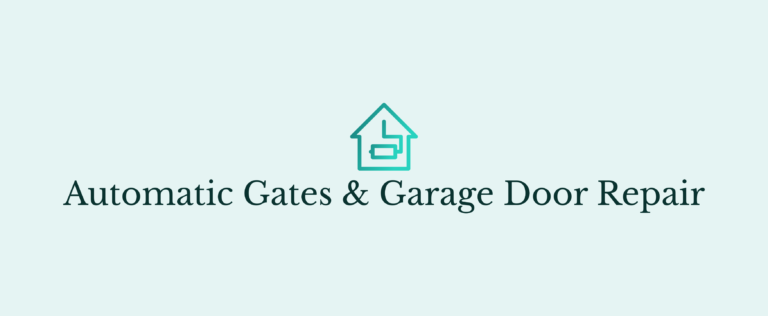Cable Repair: A Comprehensive Guide
Introduction:
Cable Repair can be a daunting task for the average individual, but with the right knowledge and preparation, anyone can repair damaged cables. This guide will provide an overview of the different types of cables and their respective repair processes, along with tips and tricks to help simplify the process. It will also discuss cable safety and maintenance, as well as some potential pitfalls to avoid. Whether you’re a professional technician or a hobbyist, this guide will provide the information you need to repair cables quickly and easily.
Types of Cables and Repair Processes;Cable Repair
A. Coaxial Cables
Coaxial cables are the most common type of cable used for television and radio signals. They are composed of an inner conductor surrounded by an insulating layer, which is then surrounded by a conductive shield. To repair these cables, one must first identify the source of the issue. This can be done by checking the connection points for any signs of corrosion or damage. If the issue is not immediately apparent, it may be necessary to open up the cable and check the wiring. Once the issue is identified, the next step is to repair or replace the damaged portion of the cable. This can be done with a soldering iron or a specialized crimping tool, depending on the type of cable.
B. Fiber Optic Cables
Fiber optic cables are composed of thin strands of glass or plastic which carry light signals. These cables are highly sensitive and require special care during repairs. When repairing a fiber optic cable, the first step is to identify the source of the issue. This can be done by visually inspecting the cable for any signs of damage or excessive wear. If the issue is not immediately apparent, it may be necessary to open up the cable and check the internal wiring. Once the issue is identified, the next step is to repair or replace the damaged portion of the cable. This can be done using specialized tools, such as a soldering iron or a fiber splicer.
C. Ethernet Cables
Ethernet cables are used for high-speed data transmission. They are composed of twisted pairs of copper wires which are insulated and surrounded by a protective jacket. To repair these cables, one must first identify the source of the issue. This can be done by visually inspecting the cable for any signs of damage or excessive wear. If the issue is not immediately apparent, it may be necessary to open up the cable and check the internal wiring. Once the issue is identified, the next step is to repair or replace the damaged portion of the cable. This can be done using a specialized crimping tool or a soldering iron.
D. USB Cables
USB cables are used to connect devices such as computers and printers. They are composed of two or more insulated wires which are surrounded by a protective jacket. To repair these cables, one must first identify the source of the issue. This can be done by visually inspecting the cable for any signs of damage or excessive wear. If the issue is not immediately apparent, it may be necessary to open up the cable and check the internal wiring. Once the issue is identified, the next step is to repair or replace the damaged portion of the cable. This can be done using a specialized crimping tool or a soldering iron.
Cable Safety and Maintenance
When repairing any type of cable, it is important to take steps to ensure safety and proper maintenance. This includes wearing protective gear such as safety glasses, gloves, and clothing that covers the arms and legs. It is also important to use the proper tools for the job, as incorrect tools can cause further damage to the cables. Additionally, it is important to ensure that all connections are secure and properly insulated. This can help to prevent shorts and other issues which could otherwise lead to costly repairs.
Potential Pitfalls to Avoid
When attempting to repair cables, there are a few potential pitfalls to avoid. The first is to make sure that all connections are secure. Loose connections can lead to signal interference and other issues. Additionally, it is important to avoid over-tightening connections, as this can damage the internal wiring. Finally, it is important to use the proper tools for the job. Incorrect tools can cause further damage to the cables and can lead to costly repairs.
Conclusion
Cable Repair can be a daunting task, but with the right knowledge and preparation, anyone can repair damaged cables quickly and easily. This guide has provided an overview of the different types of cables and their respective repair processes, along with tips and tricks to help simplify the process. Additionally, it has discussed cable safety and maintenance, as well as some potential pitfalls to avoid. Whether you’re a professional technician or a hobbyist, this guide will provide the information you need to repair cables quickly and easily.
